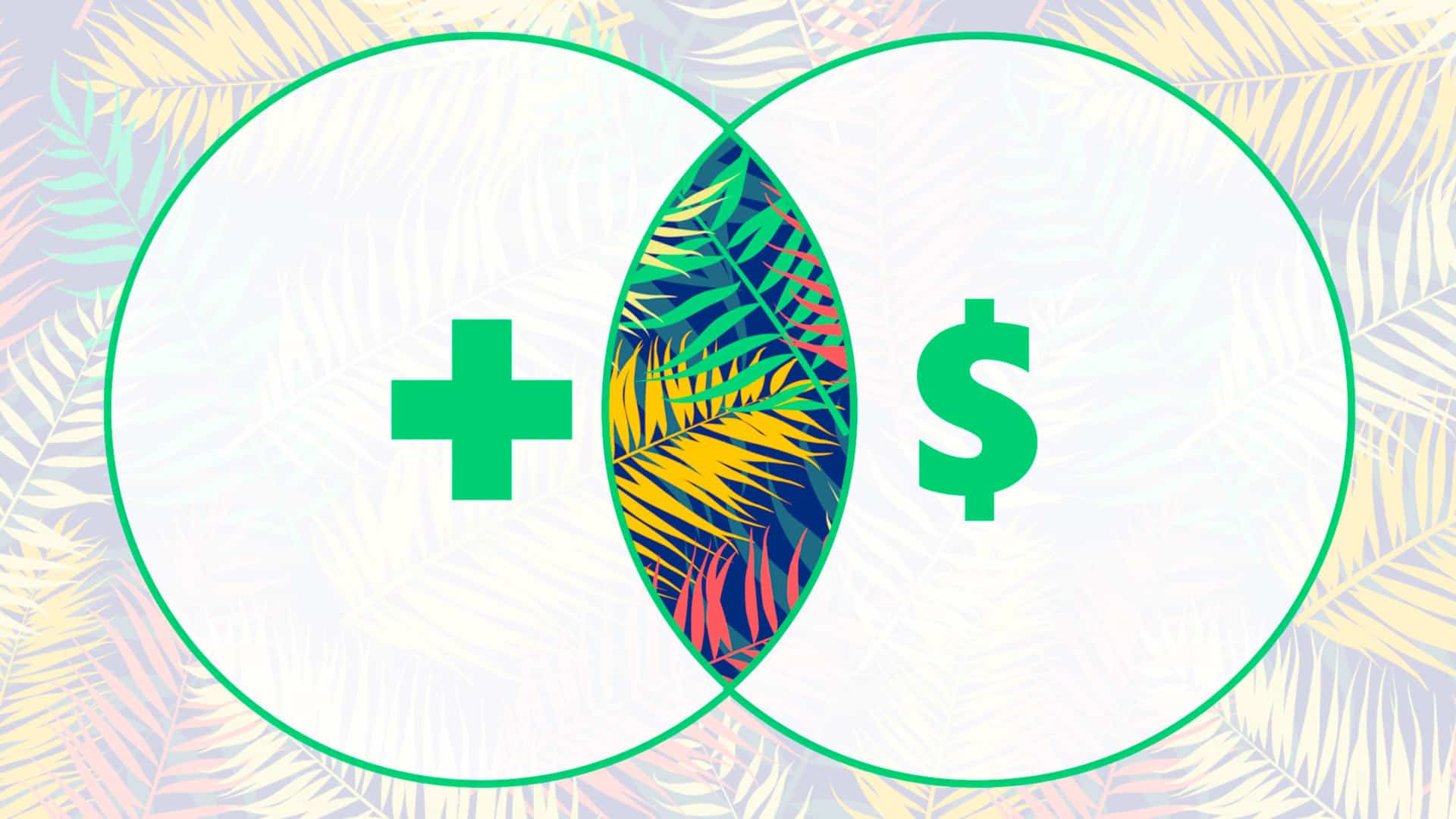
We here at 2A love stories. Stories capture valuable ideas and, depending on the medium, use them to imbue words with purpose, to gild images with meaning, and to inspire videos with significance. By and large we use our stories at 2A to create brand identities and marketing tools for products, goods, and services that help make our lives a little better. There are some, though, who were clever enough to see the potential in how an effective, pithy brand can tell a story that saves lives. Billions of lives.
Nearly 15 years ago, a cohort of physicians and researchers were distraught that a basket of disparate pathogens – known as other communicable diseases – ranging from various protozoa and helminths to bacteria and viruses, were largely overlooked by those agencies and organizations that addressed global health issues. In the theater of human misery, these afflictions composed the motley chorus while the stars of the show – malaria, HIV/AIDS, and tuberculosis – brought the NGOs through the door with their applause of funding.
Before a 2003 WHO conference in Berlin, Dr. David Molyneux and his colleagues saw that by creating a singular, strong brand around these clinically diverse illnesses, advocates could pitch them concisely and effectively to governments and foundations previously focused on ‘the big three’. He and his team settled on neglected tropical diseases (NTDs), which were united not through disease pathologies but rather classified on the social hallmarks that they share. Specifically, they are found in conditions of poverty and underdevelopment, they almost exclusively afflict the poor and marginalized who have little influence over decision-makers, they inspire stigmas and discrimination, and ‘do not travel’ as they are tied to the tropical geographies of their vectors.
This departure from conventional thinking reshaped the discussion. Those three words told a story, a story of 1.5 billion overlooked lives, reminding funders that they were collectively addressing something important that had been forgotten. Within a year the WHO had created a new department for NTDs and began generating engagement strategies. Within three years over a billion dollars had been pledged by governments and aid organizations. Within ten years Merck, Bayer, and GlaxoSmithKline were donating 1.4 billion treatments annually. Hundreds of millions of people were no longer going blind from onchocerciasis, or being deformed from filariasis, or dying from schistosomiasis.
There was a paradigm shift by telling the story of neglected tropical diseases rather than other communicable diseases. The right words made the difference for untold millions. New innovations in preventative chemotherapies, synergies in disease management platforms, and an influx of funding arose because of how the issue was communicated. As the 2017 Gates Letter reminded us, success in philanthropy is measured differently than success in business, but the right narrative in either case can be transformative. The story of mankind suffering at the hands of disease and poverty is a story that started once upon a long, long time ago, and is a story that you and I have arrived at in medias res, but is one that, through the confluence of generosity, science, and – in small part – effective branding, just might have a happy ending.

